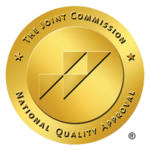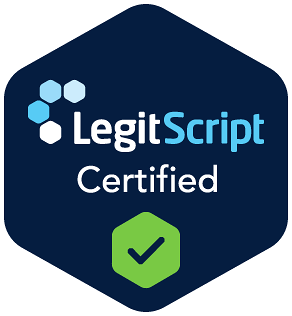Addiction affects millions of Americans, yet many struggle to find the right path forward. Recovery is possible with proper treatment and support.
We at Amity Palm Beach have seen countless individuals transform their lives through evidence-based care. This guide explores the journey from addiction to lasting recovery, offering insights from our extensive experience in addiction treatment.
Understanding Addiction as a Disease
Your Brain on Substances
Addiction is a complex brain disorder that rewrites your brain’s reward system through measurable biological changes. The National Institute on Drug Abuse research shows that substances flood your brain with dopamine levels 2-10 times higher than natural rewards like food or sex. This chemical surge damages the prefrontal cortex, the brain region responsible for decision-making and impulse control.
Within weeks of regular use, your brain reduces natural dopamine production. This creates a cycle where you need substances just to feel normal. These neurological changes explain why willpower alone fails for most people who attempt recovery without professional help.
The Most Common Substance Dependencies
Alcohol use disorder affects 29.5 million Americans according to the 2023 National Survey on Drug Use and Health, which makes it the most prevalent addiction. Opioid use disorder impacts 5.6 million people (with prescription painkillers serving as the gateway for 80% of heroin users). Cocaine addiction affects 1.4 million Americans, while methamphetamine use has surged 43% since 2015.
Benzodiazepine dependence often develops within 2-4 weeks of prescribed use. This creates dual addictions when combined with alcohol. Each substance creates distinct withdrawal patterns and requires specific medical protocols for safe recovery.
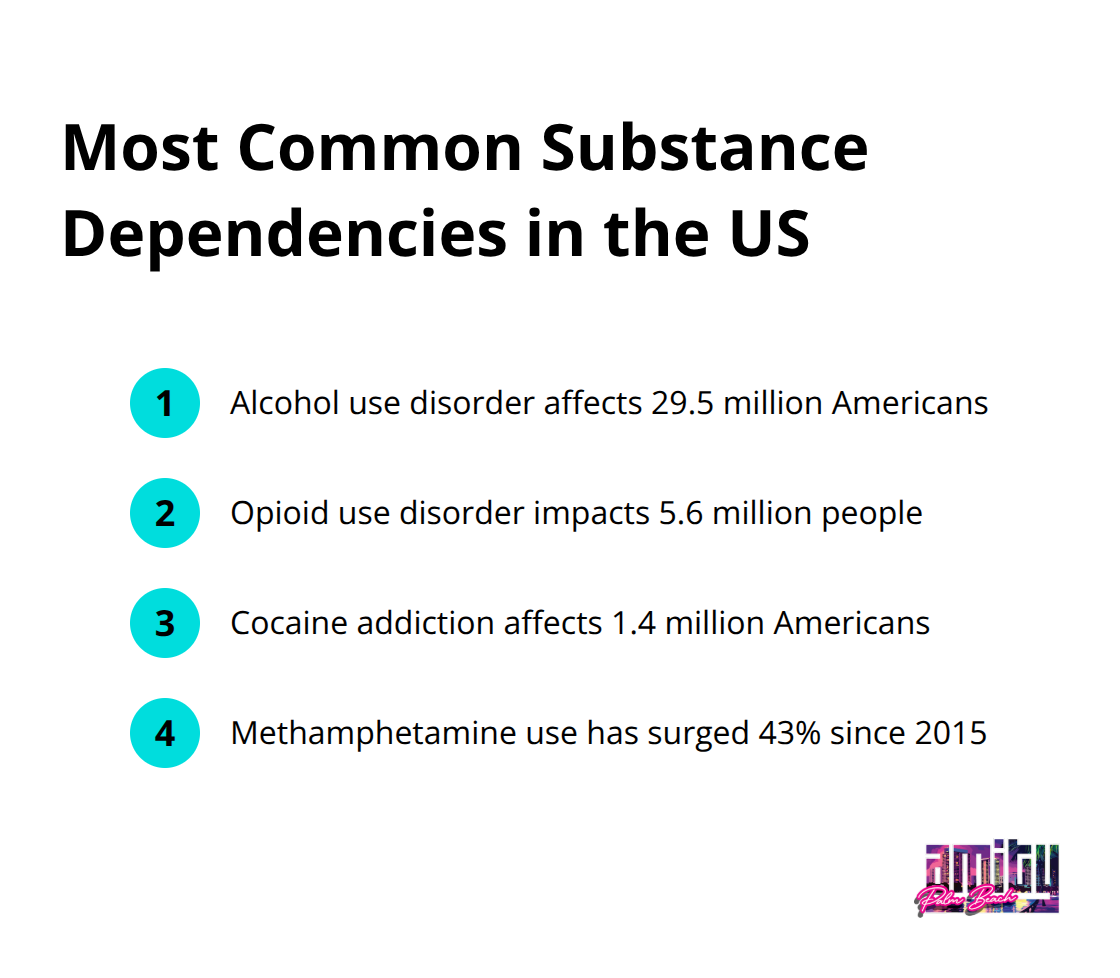
The Stigma Problem Blocks Treatment
Society still treats addiction as a moral failure rather than a chronic medical condition similar to diabetes or hypertension. This misconception prevents people with substance use disorders from seeking treatment, with barriers including not thinking treatment would help (58.7 percent) and wanting to keep their condition private (64.9 percent). The stigma particularly affects professionals who fear career consequences, despite federal workplace protections for addiction treatment.
Insurance companies perpetuate discrimination when they limit coverage for addiction services compared to other medical conditions. These barriers require a medical approach to addiction and equal treatment access for this brain disease.
The path forward starts with proper medical intervention and professional support systems that address these complex neurological changes.
The Recovery Process and Treatment Options
Medical Detox Saves Lives
Medical detox remains the mandatory first step for anyone with physical dependence on alcohol, opioids, or benzodiazepines. Medically supervised detox prevents dangerous complications of drug and alcohol withdrawal. Board-certified physicians monitor vital signs around the clock and administer FDA-approved medications like buprenorphine for opioids or chlordiazepoxide for alcohol withdrawal. This process typically lasts 3-7 days (depending on the substance and severity of dependence).
Residential Treatment Delivers Superior Outcomes
Residential treatment programs show 60% higher success rates compared to outpatient-only approaches according to the National Institute on Drug Abuse. These programs provide 30-90 days of intensive daily therapy in controlled environments away from triggers. The American Journal of Psychiatry found that individuals who complete residential treatment maintain sobriety 18 months longer than those who skip this level of care. Partial hospitalization programs bridge the gap between residential and outpatient care, offering 6-8 hours of daily treatment while patients return home each evening.
Medication-Assisted Treatment Cuts Relapse Rates in Half
Medication-assisted treatment significantly reduces relapse rates for opioid use disorder. Methadone, buprenorphine, and naltrexone block opioid receptors while they eliminate cravings and withdrawal symptoms. For alcohol use disorder, naltrexone reduces heavy drinking days by 83% compared to placebo groups. Cognitive behavioral therapy combined with these medications creates the most effective treatment approach, with studies showing 70% of patients maintain sobriety at 12-month follow-ups when both interventions work together.
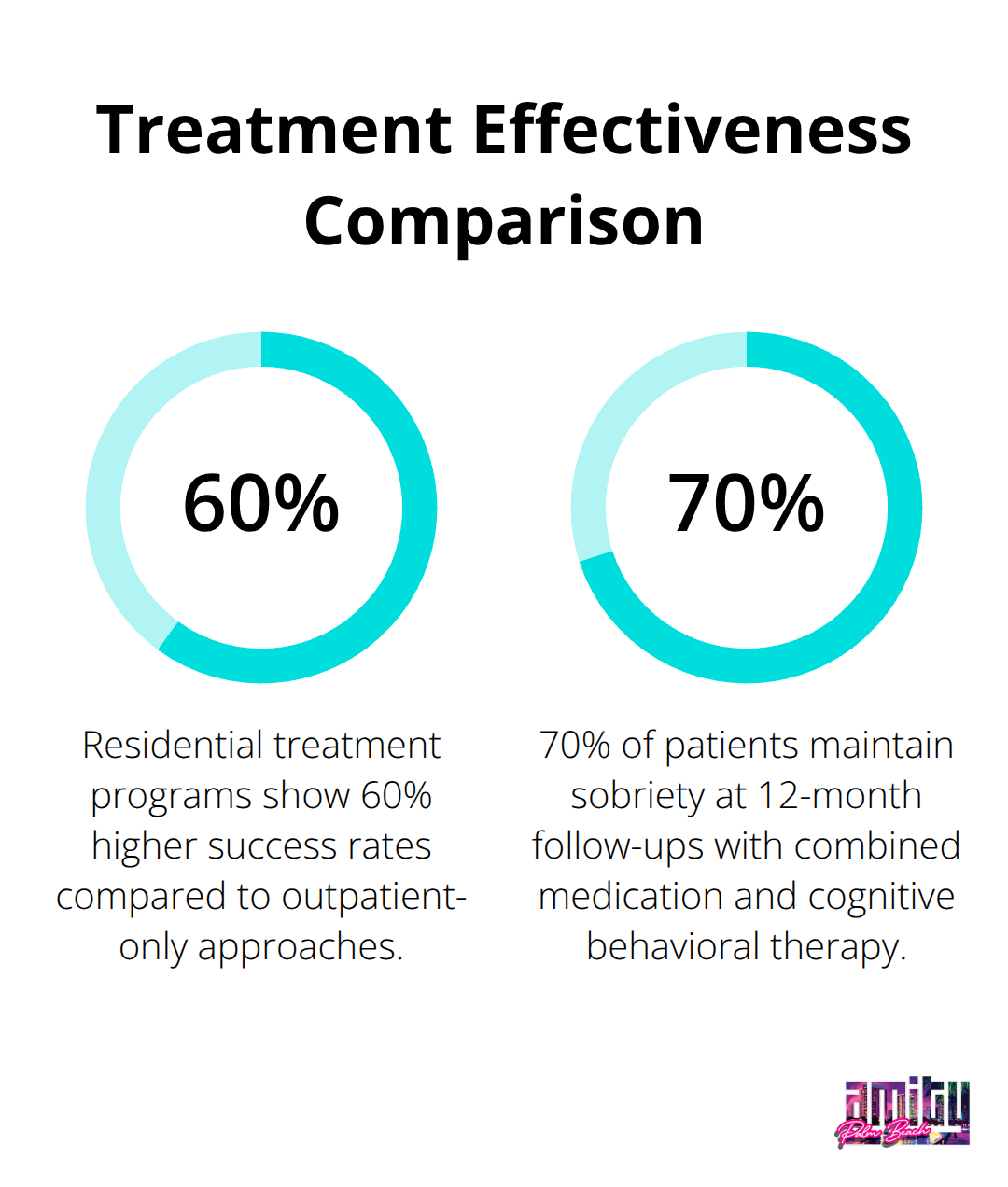
Therapy Approaches Target Root Causes
Evidence-based therapies address the psychological foundations of addiction beyond physical dependence. Cognitive behavioral therapy helps patients identify triggers and develop coping strategies, while dialectical behavior therapy teaches emotional regulation skills. Trauma-informed care addresses underlying experiences that often fuel substance use (with 75% of women and 60% of men in treatment reporting childhood trauma). These therapeutic interventions require professional guidance to navigate complex emotional and behavioral patterns that sustain addiction treatment.
The foundation of medical treatment and therapy creates the framework for recovery, but lasting success depends on the people who surround you throughout this process.
Building a Strong Support System
Family Members Drive Recovery Success
Family involvement significantly improves recovery outcomes, yet most families receive zero guidance on effective support strategies. Your spouse, parents, and close friends need specific education about addiction as a brain disease rather than a character flaw. They must learn to set healthy boundaries while they offer unconditional emotional support. The most effective family members attend Al-Anon or Nar-Anon meetings to understand codependency patterns that accidentally enable substance use. Research shows that families who participate in structured education programs during treatment see higher long-term sobriety rates compared to families who remain uninvolved.
Professional Teams Create Accountability Systems
Your treatment team should include a primary therapist, psychiatrist, case manager, and peer recovery specialist who work together weekly. This coordinated approach prevents gaps in care that lead to relapse. The American Society of Addiction Medicine recommends that you maintain professional relationships for at least two years post-treatment. Your therapist needs specialized training in addiction counseling (not general mental health therapy). Case managers connect you with housing, employment, and legal resources that remove practical barriers to sobriety. Recovery specialists provide 24/7 crisis support and help navigate insurance complications.
Peer Networks Provide Long-Term Stability
Alcoholics Anonymous and Narcotics Anonymous meetings offer free, lifetime support with 2.1 million active members nationwide. Research indicates that people who attend weekly meetings maintain sobriety longer than those who skip peer support. Alumni programs from treatment centers create professional networking opportunities while they maintain recovery focus. SMART Recovery offers science-based alternatives to 12-step programs for people who prefer cognitive behavioral approaches. Online recovery communities like Sober Grid connect you with verified sober individuals 24/7 (particularly valuable during late-night cravings when in-person meetings aren’t available).
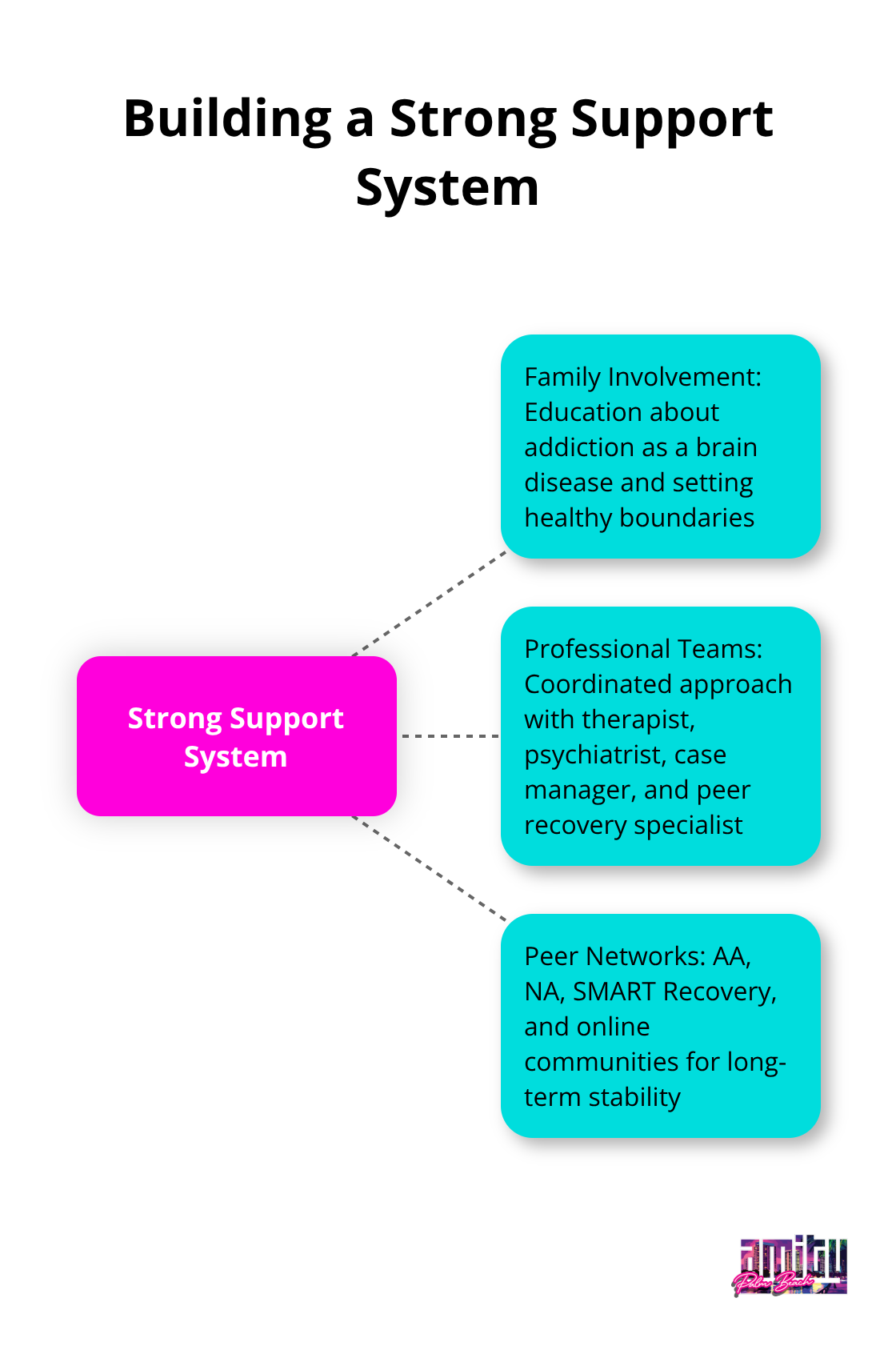
Final Thoughts
Recovery from addiction starts when you recognize that professional treatment works. The statistics prove this reality: 29.3 million Americans have successfully overcome substance use disorders, with 88.4% rating their quality of life as excellent after recovery. Your first step involves a call to a treatment center for assessment.
Medical detox addresses physical dependence safely, while residential programs provide the intensive therapy needed to rewire addiction patterns in your brain. Medication-assisted treatment reduces relapse rates by 50% when combined with evidence-based therapies. We at Amity Palm Beach have witnessed thousands of transformations through our comprehensive approach that combines medical intervention with holistic care in Palm Beach’s restorative coastal environment.
Long-term success requires active participation in peer groups, family involvement, and professional aftercare. Research shows that individuals who complete structured treatment programs maintain sobriety 18 months longer than those who attempt recovery alone (compared to self-directed approaches). These addiction and recovery articles demonstrate that millions have walked this path successfully before you, and professional treatment makes recovery not just possible but probable.



